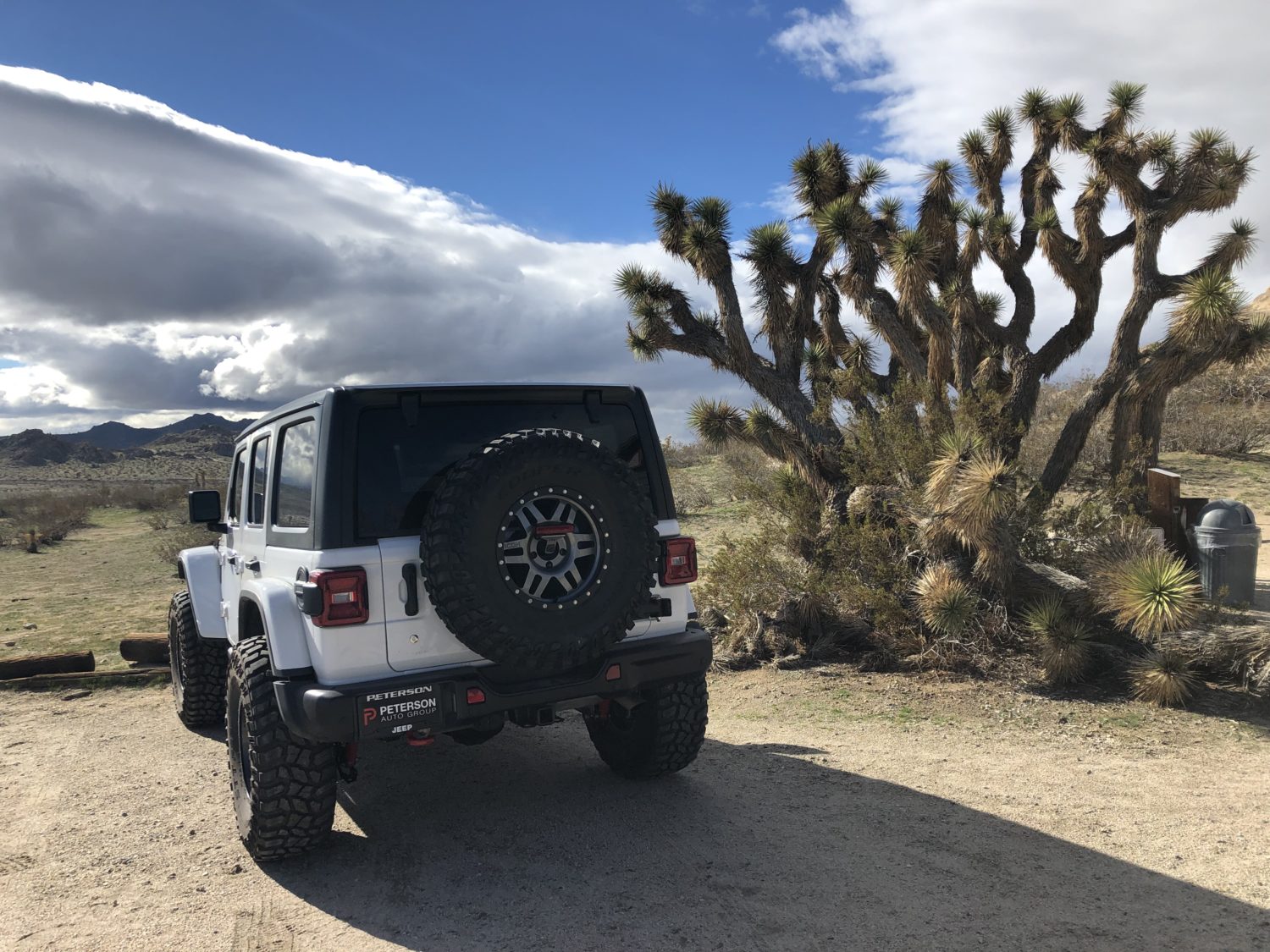- Location: El Paso Mountains Wilderness
- Travel Date: 4-20-2019
- Written: 4-27-19
“As you travel through these colorful canyons and mountains, it becomes obvious that you are not the first to sample the breathtaking land.”
Peter Massey and Jeanne Wilson – Backcountry Adventures
Approximately 11 miles South West from Ridgecrest (as the crow flies), you’ll find an excellent example of a Native American rock art site dating back hundreds if not, thousands of years. South East of this site in the Black Mountain region, archeologist’s have discovered pottery shards and grinding stones that appear to date back several thousands of years.
The petroglyphs found along this trail are etched into black volcanic rock and are found near Sheep Spring. Although most of the petroglyphs are nearly impossible to interpret, many of them are clearly wild animals that were encountered and hunted in the area. One of the more interesting petroglyphs I found here was a human-like figure. At the nearby Maturango Museum in Ridgecrest, I learned that human-like figures with complex patterns on the body, resembling robes. Some have headdresses as well. Faces are typically lacking, and the hands and feet are bird like. Their significance is unknown, although they may be shamans or spirit figures. They probably date to the last 4000 years or less.
Arriving to the site is no easy task. The dirt road is 5.5 miles long and passes two gun ranges. The dirt road starts off flat and smooth but quickly becomes rocky and bumpy. Although I did not engage the 4×4 on the Jeep, I would recommend a high clearance vehicle and not travel alone. Once you arrive at the site, take a moment to appreciate the beauty of the area before climbing up the small hillside that is covered with petroglyphs. Examine the fronts, backs and sides of all the large boulders and you’ll likely find rock art. Continue hiking south along the hillside above the wash to explore even more cool petroglyphs. On the top, flat part of the hill, almost directly in front of the table area, you’ll find a few mortars and a large rock circle. Once you are done exploring, take a lunch break on the picnic tables located in the shady area below the trees.






















Warning
The Antiquities Act is a U.S. federal law enacted in 1906. It is officially known as ‘An Act for the Preservation of American Antiquities.’ The provisions of the Act are codified at 16 USCS 431–433.
The Act authorized the President of the United States to designate land owned or controlled by the U.S. government as national monuments under two conditions: 1) that the monumentalized land be of “historic or scientific interest,” and 2) “That the examinations, excavations, and gatherings are undertaken for the benefit of reputable museums, universities, colleges, or other recognized scientific or educational institutions, with a view to increasing the knowledge of such objects, and that the gatherings shall be made for permanent preservation in public museums.”
Pursuant to the Act, any person who appropriates, excavates, injures, or destroys any historic or prehistoric ruin or monument, or any object of antiquity, situated on lands owned or controlled by the U.S. government of the United States, without the permission of the Secretary of the Department of the Government having jurisdiction over the lands on which said antiquities are situated, shall, upon conviction, be fined in a sum of not more than five hundred dollars or be imprisoned for a period of not more than ninety days, or shall suffer both fine and imprisonment, in the discretion of the court.

